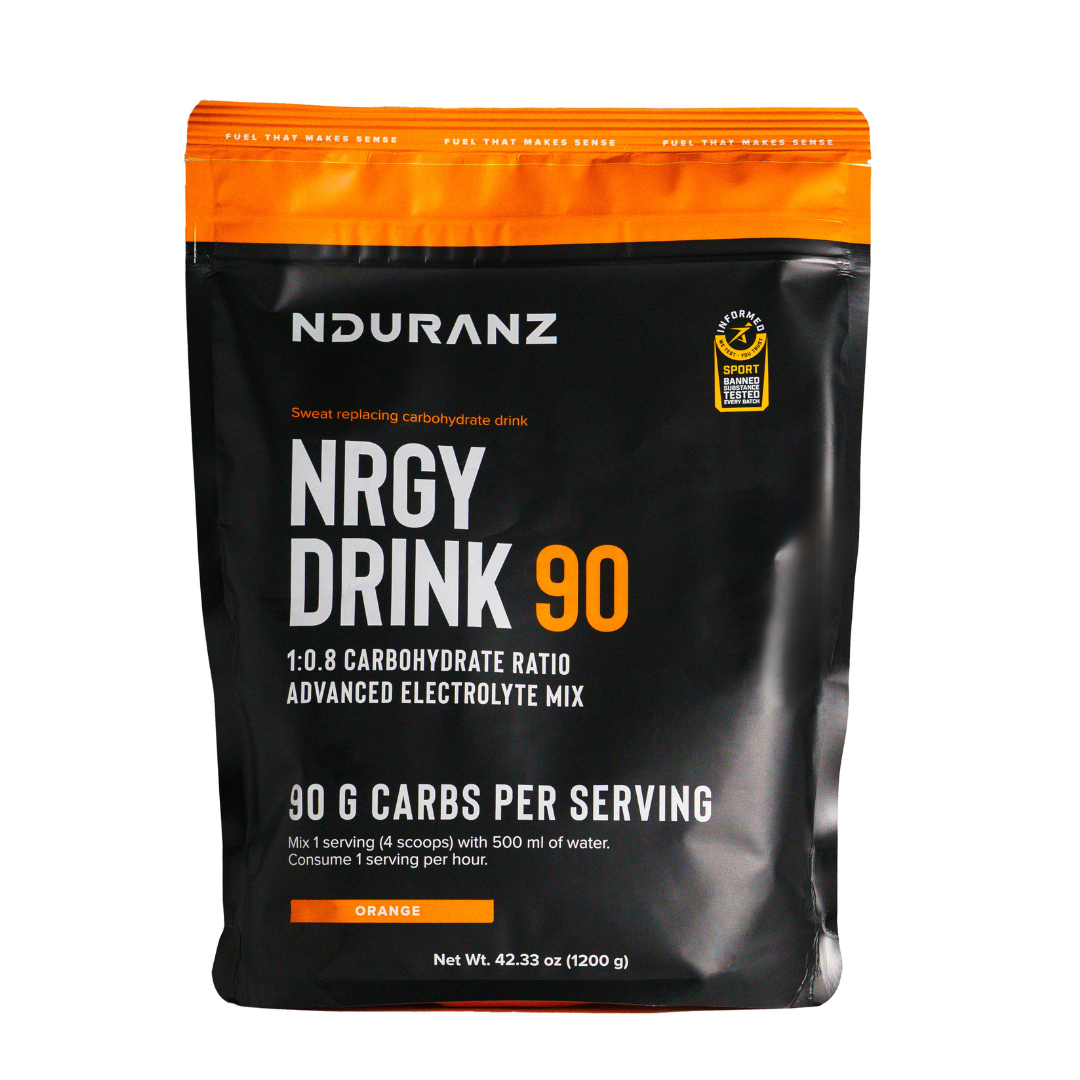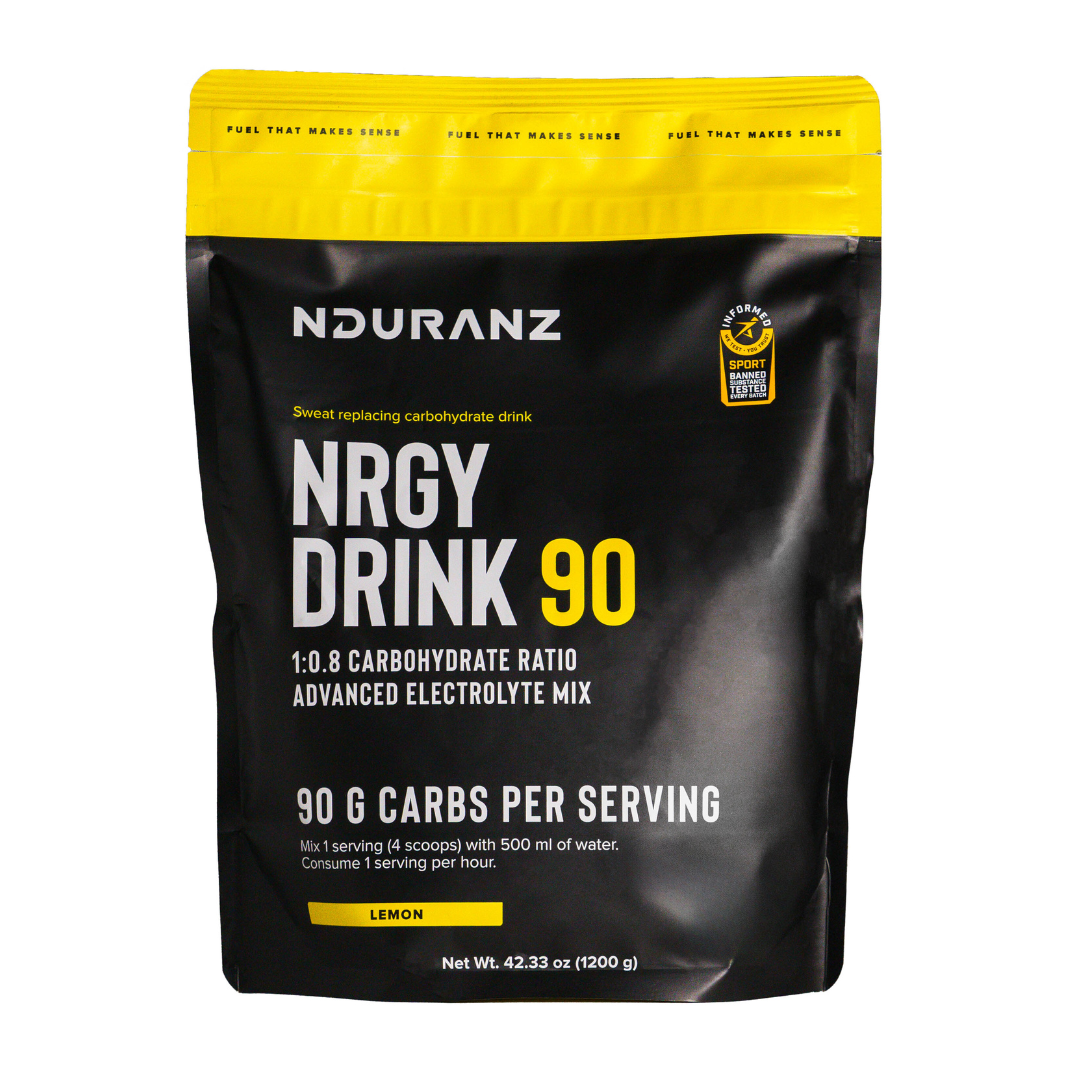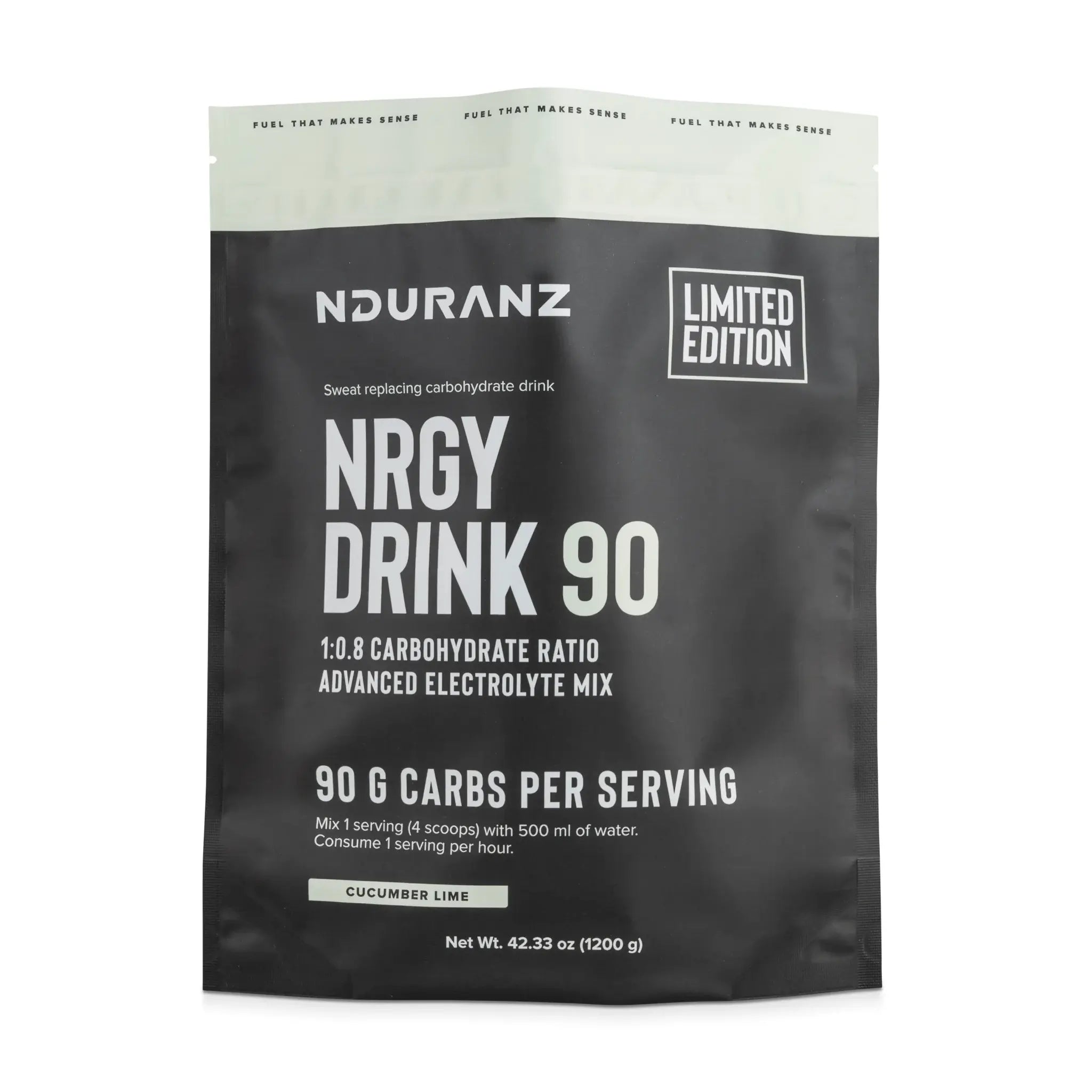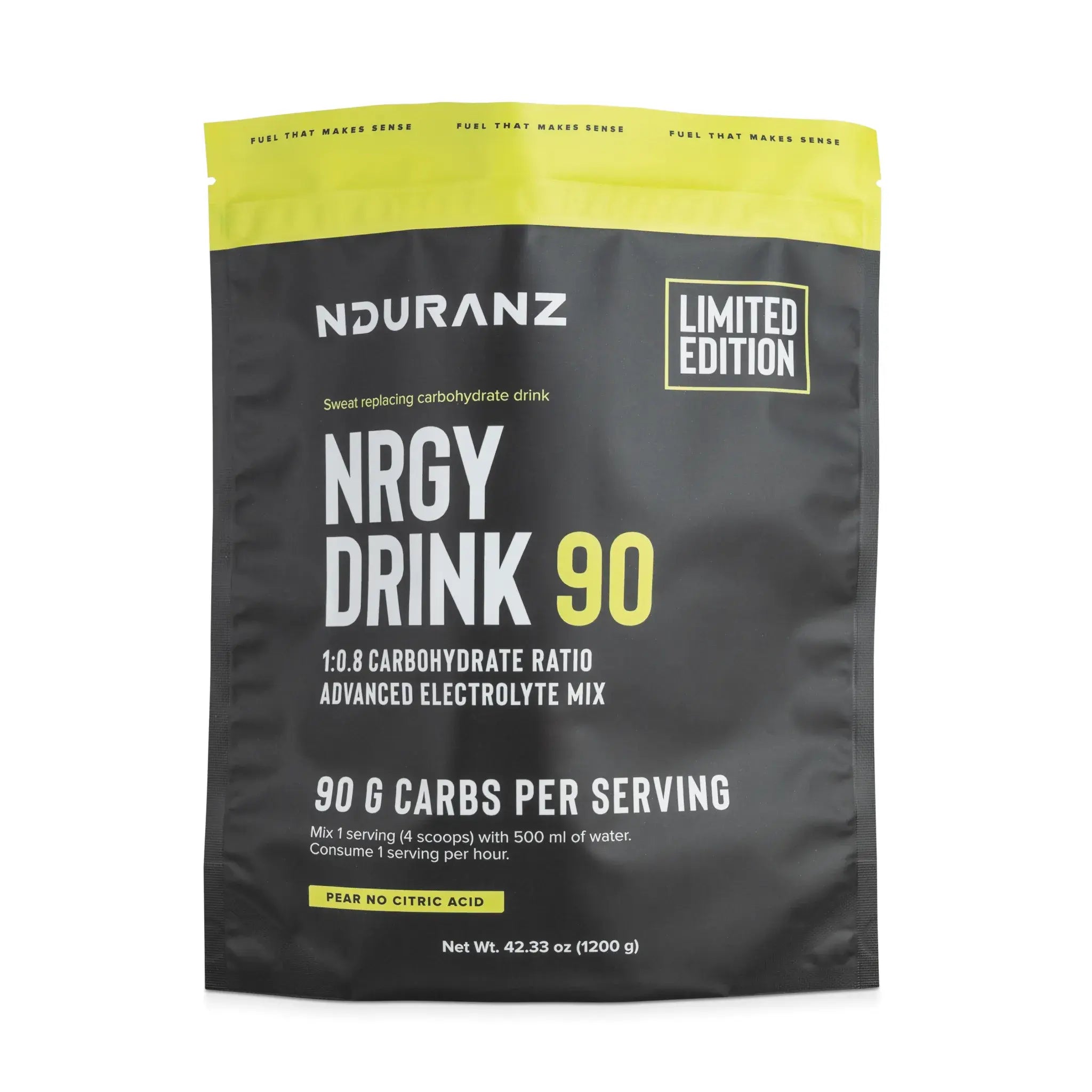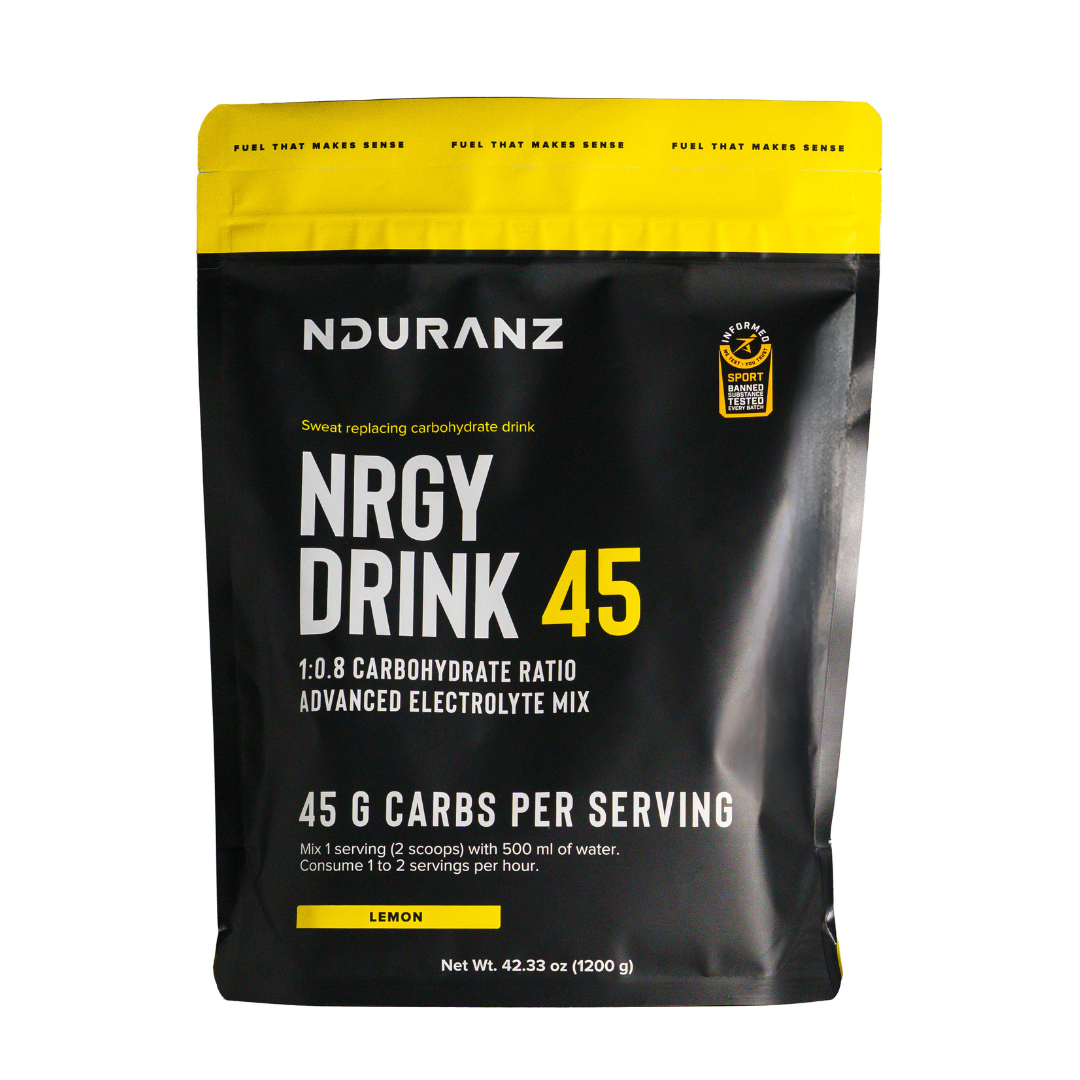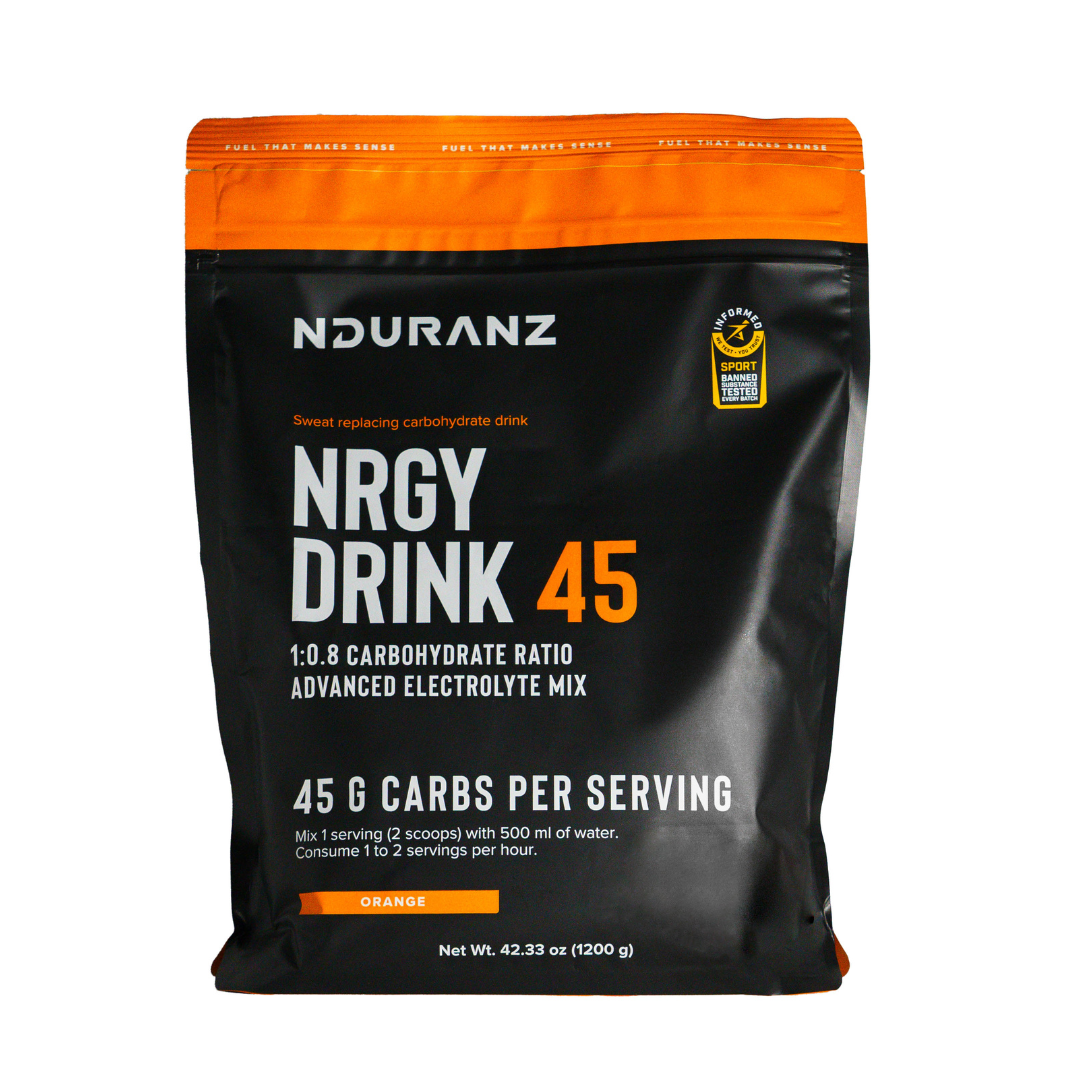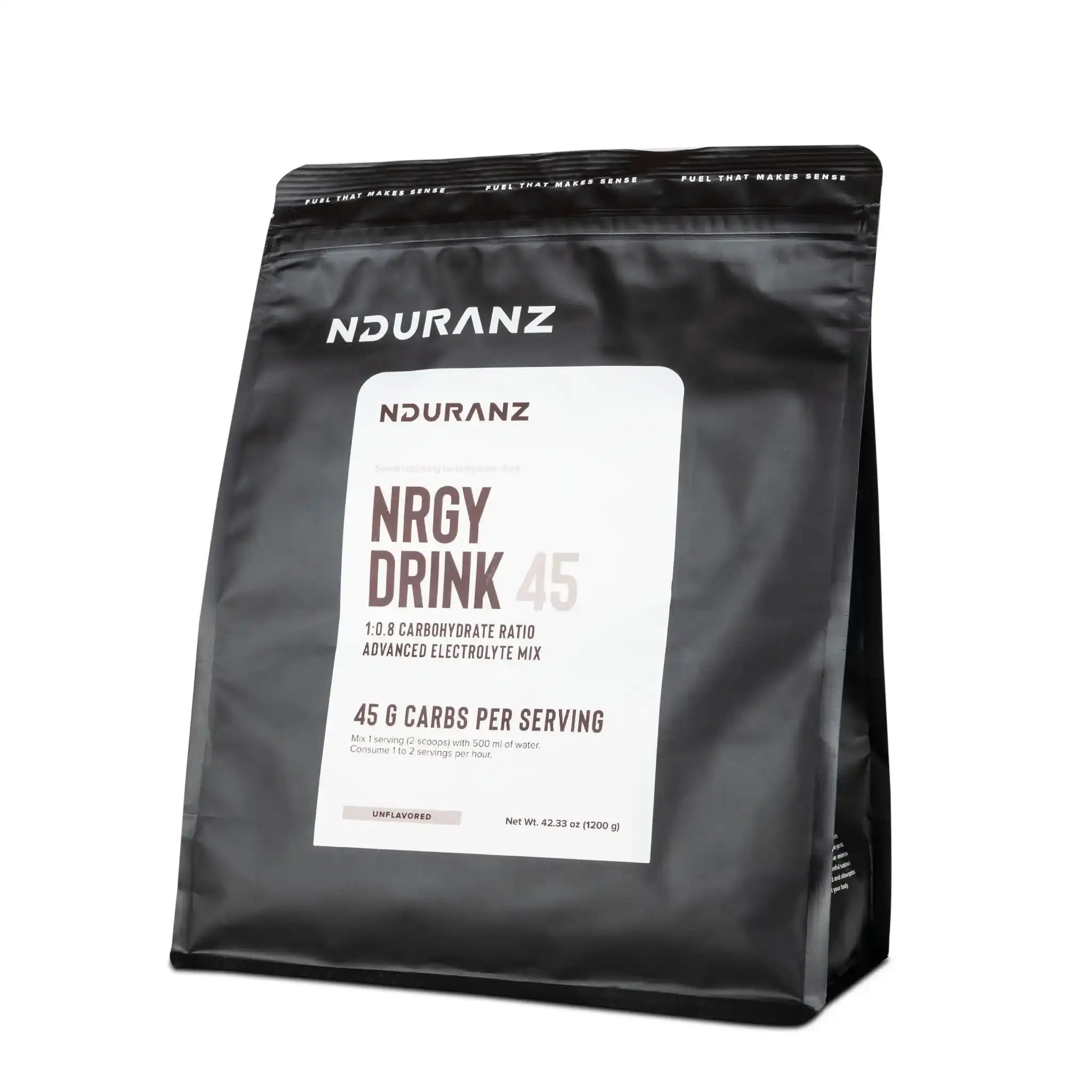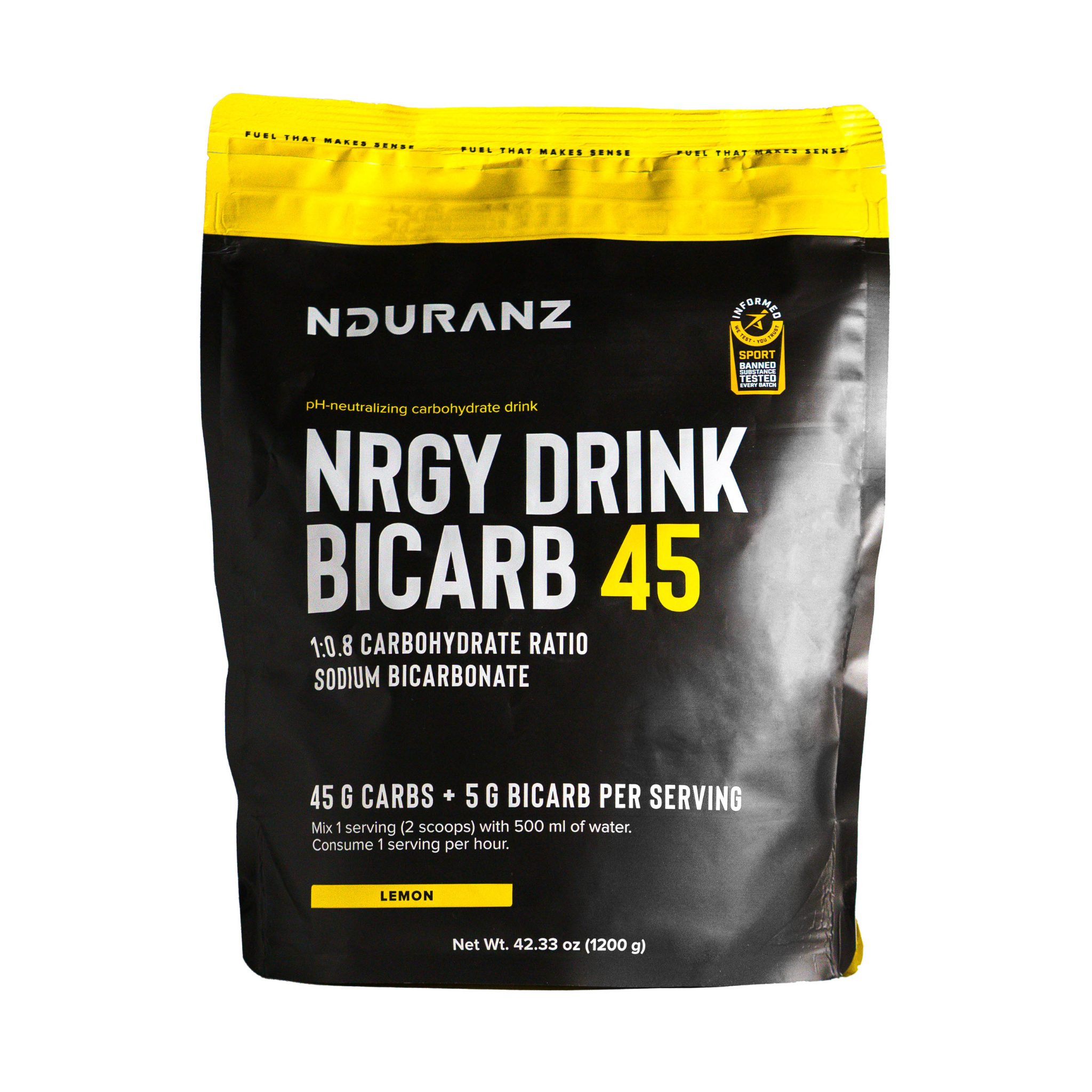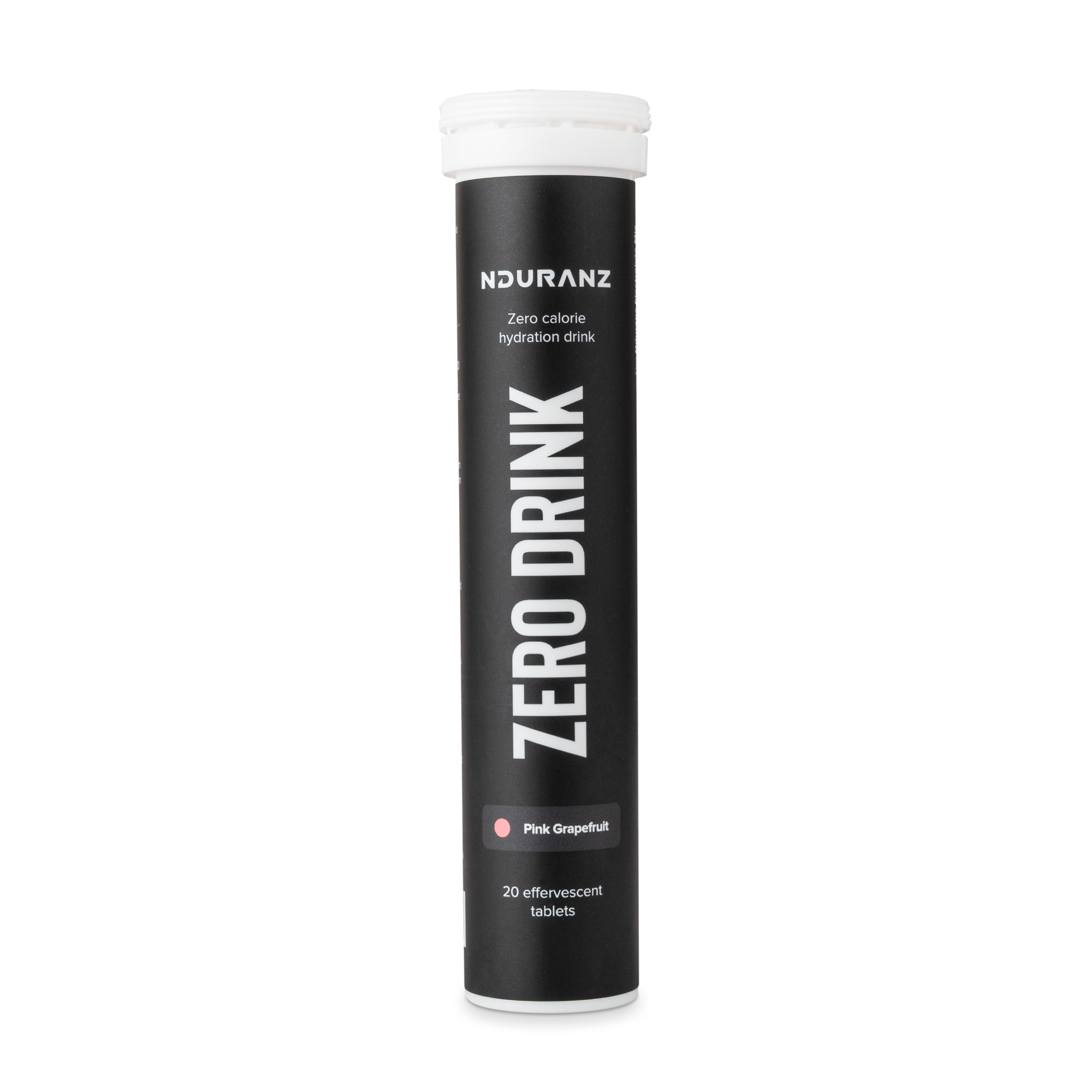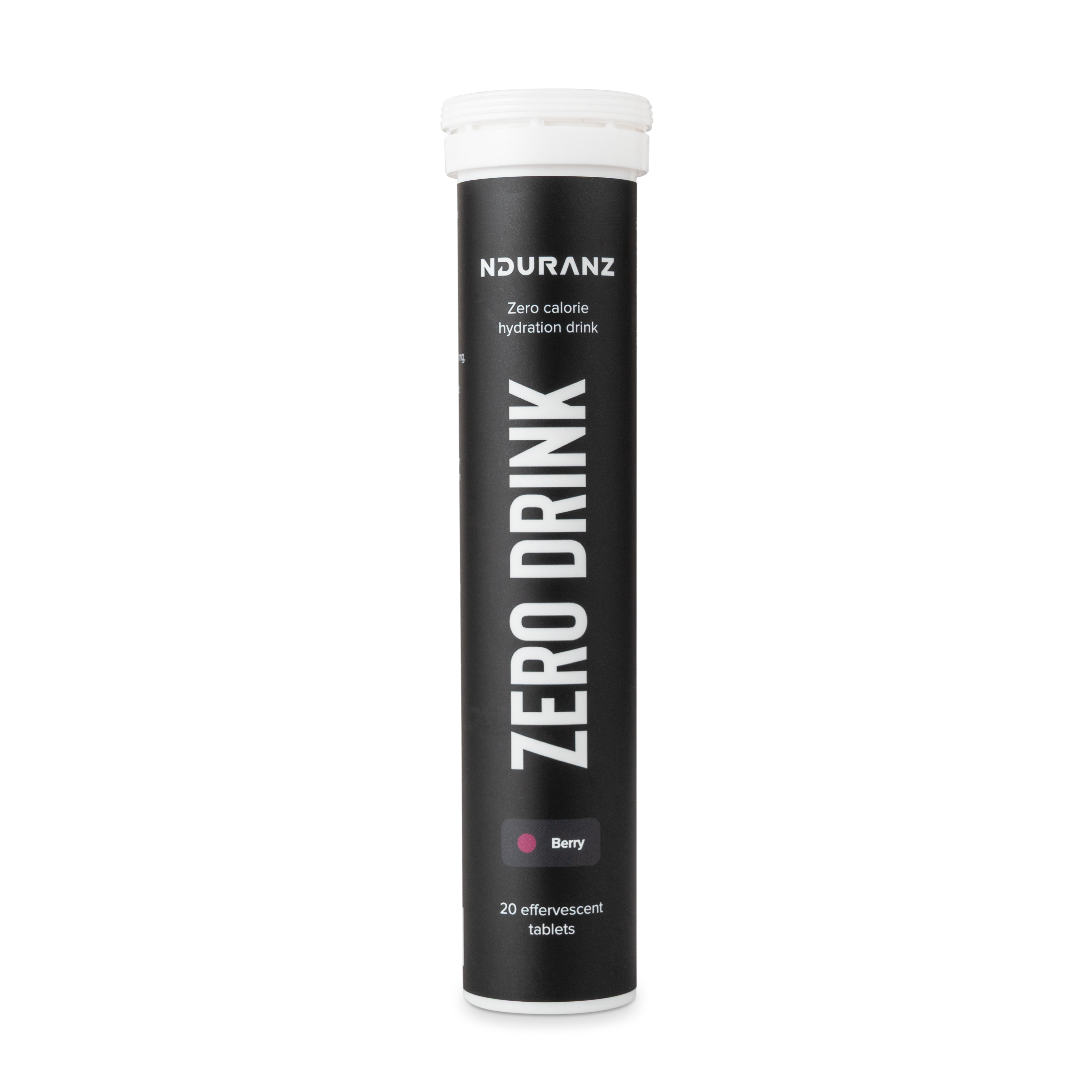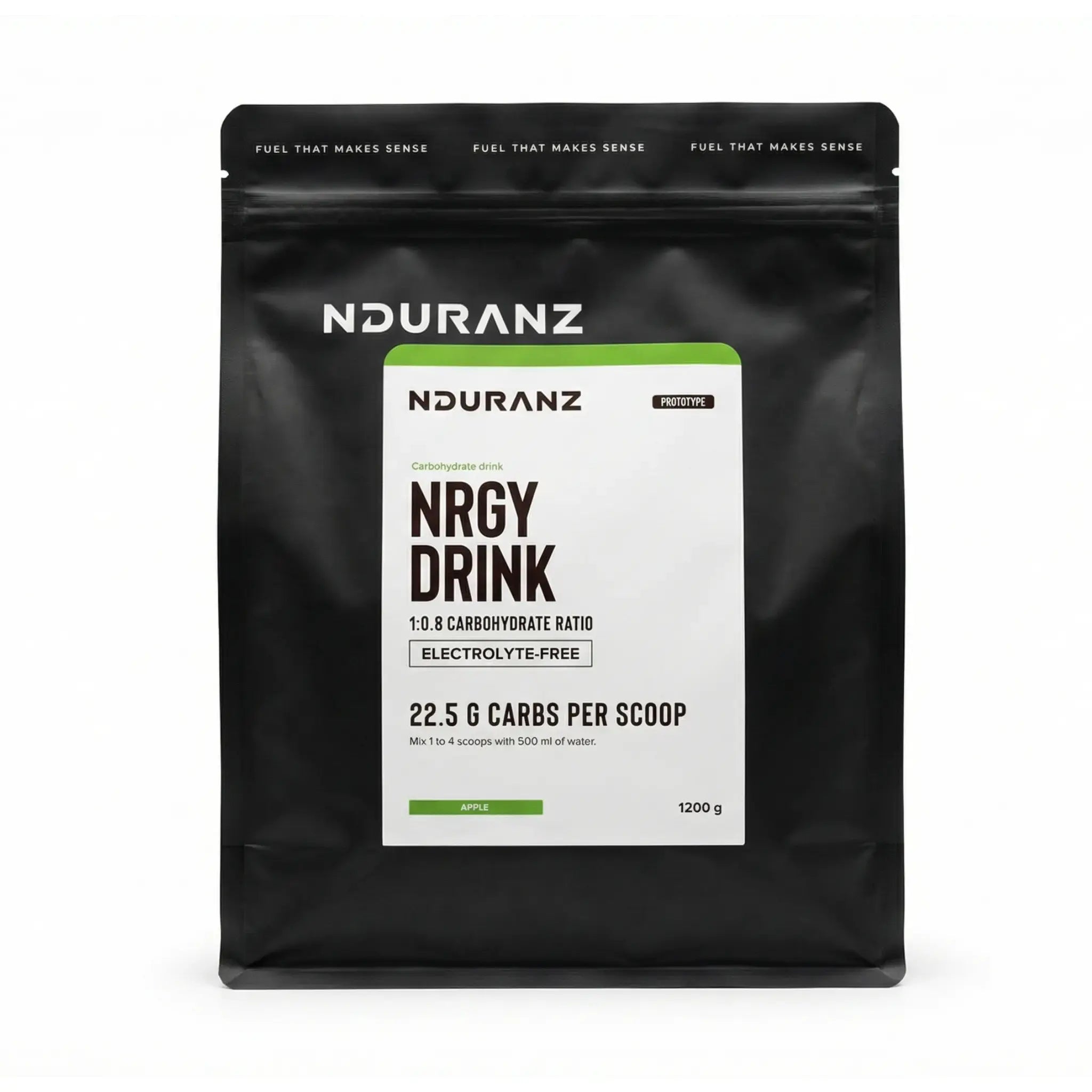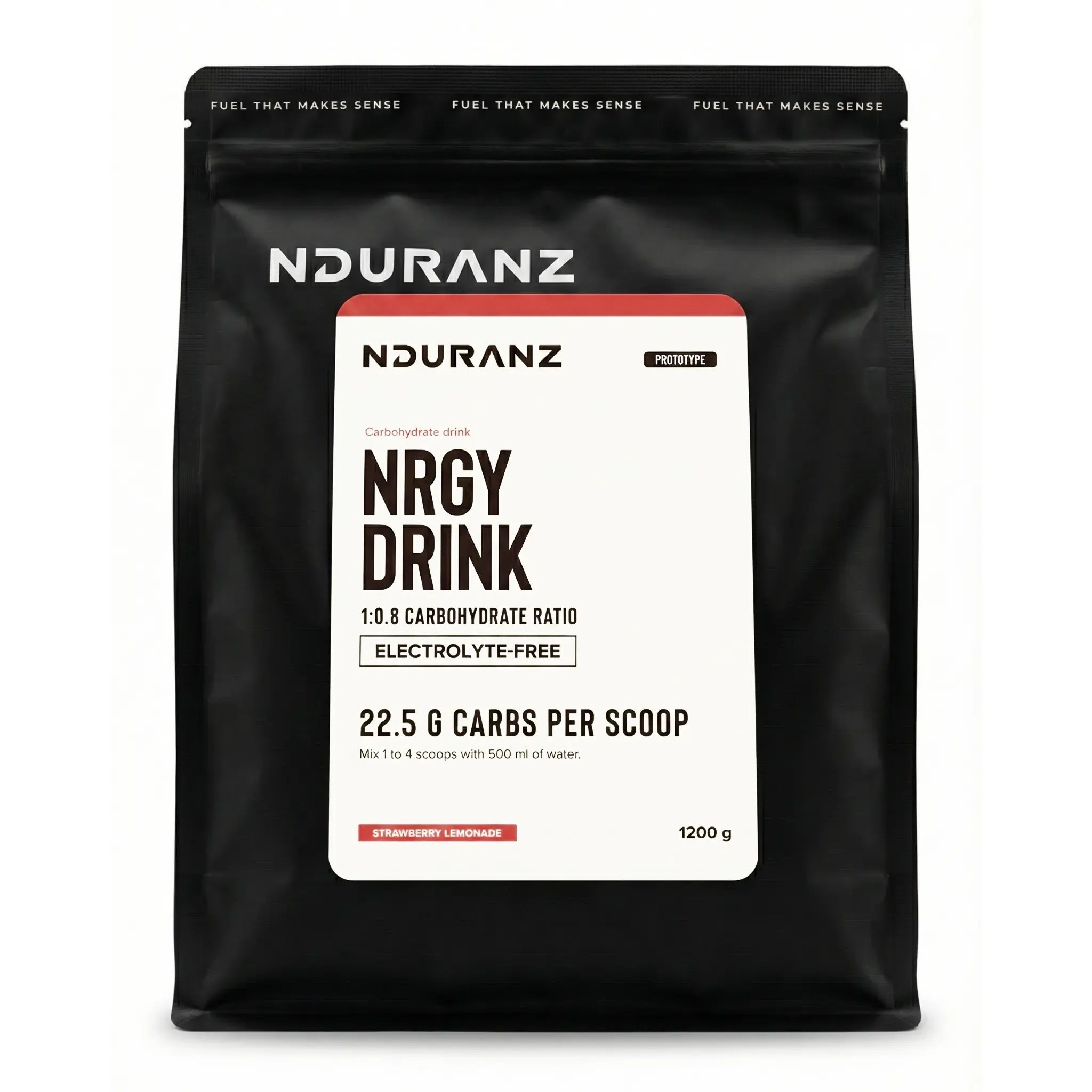Drinks
Energy drinks formulated with quick-absorbing carbohydrates and key electrolytes for endurance performance.
About Energy Drinks
What are energy drinks?
Energy drinks for athletes—often called sports drinks—contain simple sugars that the body quickly converts into usable energy. Unlike regular soft drinks, they’re specifically designed to fuel performance while also supporting hydration. They are commonly used by endurance athletes such as cyclists, ultra-runners, and triathletes.
Why do endurance athletes use energy drinks?
During endurance exercise, the body mostly relies on stored glycogen for energy. After approximately 90 minutes of effort, glycogen stores run low. Energy drinks provide fuel and help replenish glycogen—allowing endurance athletes to exercise for longer durations and at higher intensities.
What do energy drinks contain?
Energy drinks, when formulated for endurance athletes, contain simple carbohydrates like sucrose, maltodextrin, dextrose, and fructose. They also commonly contain electrolytes like sodium, potassium, and magnesium to support hydration and muscle function, and may contain caffeine or other performance-enhancing aids.
How are energy drinks different from energy gels?
Energy drinks and energy gels are both formulated to provide a quick source of energy for athletes. The key difference is that energy drinks contain fluids, allowing athletes to take care of fueling and hydration at the same time. However, this means they aren’t as compact or portable as energy gels. Many athletes use both, allowing them to adapt their nutrition to weather, race conditions, and personal fueling needs.
Using Energy Drinks
How do you use energy drinks?
Mix the recommended amount of energy drink powder with water and sip steadily throughout your session or race. The number of servings you’ll need depends on your fueling and hydration goals. You can also combine energy drinks with energy gels and bars to meet your fueling needs.
When should I use energy drinks?
Use energy drinks during training or racing sessions lasting longer than 90 minutes. Energy drinks typically aren’t necessary for shorter sessions because stored glycogen should be adequate. However, there are some exceptions where it makes sense to fuel even during shorter sessions. Learn more here.
How many energy drinks should I have?
Most athletes require 45 to 90 grams of carbohydrates per hour during endurance efforts. With Nrgy Drink 45, this translates to 500–1000 ml per hour. Nrgy Drink 90 contains more carbohydrates per serving, so 250–500 ml is enough to meet the same fueling needs. For personalized guidelines, use our fueling calculator.
Nduranz Difference
What makes Nduranz Nrgy Drinks different?
Nduranz uses a 1:0.8 ratio of glucose to fructose throughout all Nrgy Drink products. This ratio is proven to maximize carbohydrate absorption for better energy delivery while reducing the risk of stomach discomfort. Nrgy Drinks also contain essential electrolytes to replace what you lose in sweat.
Why is the 1:0.8 ratio important?
Your body absorbs glucose and fructose through separate pathways. When formulated in a 1:0.8 ratio, these carbohydrates are absorbed more efficiently. For athletes, this means more energy per hour, improved gut comfort, and better performance during long, intense sessions. Learn more here.
Do Nduranz Nrgy Drinks contain electrolytes?
Yes. Each serving of Nrgy Drink provides key electrolytes such as sodium, potassium, and magnesium to support hydration and help you perform at your best. Zero Drink effervescent tablets, which dissolve in water to create a calorie-free electrolyte drink, are great for situations where you want to support hydration without additional carbohydrates.



